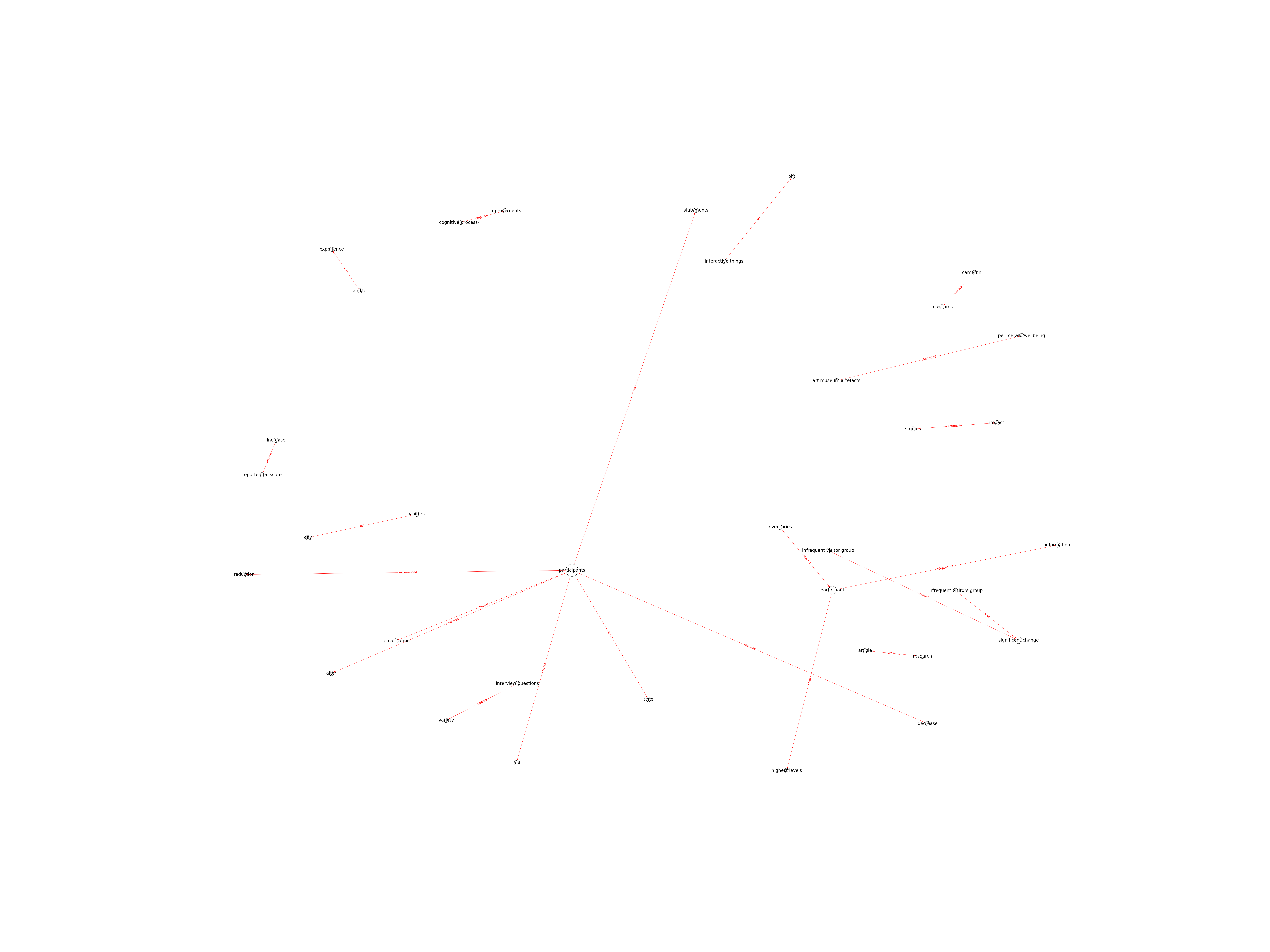| Id | 183 | |
| Author | Binnie, J. | |
| Title | Does Viewing Art in the Museum Reduce Anxiety and Improve Wellbeing? | |
| Reference | Binnie, J. (2010). Does Viewing Art in the Museum Reduce Anxiety and Improve Wellbeing? Museums & Social Issues, 5(2), 191–201. |
|
| Keywords | museum; viewing art; anxiety; wellbeing |
|
| Link to article | https://doi.org/10.1179/msi.2010.5.2.191 |
|
| Abstract | This article presents research conducted within Leicester’s New Walk Museum exploring whether viewing art within the museum impacts reported anxiety. The two studies discussed here are part of a PhD project looking at perception and expe- rience of art within the museum, and how this can influence wellbeing and affective responses. The first study looked at the responses of museum staff, while the second compared those of frequent and infrequent museum visitors. The article focuses on self-reported data collected using the State Trait Anxiety Inventory as well as through semi-structured inter- views. Participants reported a reduction in anxiety levels from their trait level after viewing the art; however, this amount dif- fered for each participant group. |
|
| Metodology | A semi-structured interview was conducted throughout the ses- sion. It was expected that questions, other than those set, would emerge as the participant provided information and opinions; thus an informal and discursive manner was adopted for this interview. Once each of these had been discussed and the participant had been given the opportu- nity to make any additional comments, he or she was asked to fill out a mental wellbeing survey and State-Trait Anxiety Inventory (STAI). The STAI has been used extensively within other areas of research, such as to examine the impact of stress and anxiety upon learning and performance, and provides a measure of the partici- pants’ current state of anxiety (SAI) as well as their trait level of anxiety (TAI), which shows what they consider normal for them- selves. The TAI was only completed once at the start of each session, whereas the SAI was also completed at the end of the viewing session to provide comparable ratings of how the participants’ feelings alter within a particular session, which could then also be compared across multiple sessions. |
Technique | Qualitative methods; Semi-structured interview; Wellbeing survey; |

Note: Due to lack of computing power, results have been previously created and saved in database


